Secrets of mukbangs How Korean Vloggers Eat for Hours and Not Gain Weight (22 Photos)
I'm sure, while surfing the web, you've come across strange videos of Koreans, often petite women, eating unrealistic amounts of all kinds of food – and not just Asian ones. 
Some people devour giant burgers with the gusto of "starving Volga region" residents. Others are adorned with plates of rice and seafood. Still others prefer impressive sets of rolls and sushi, designed to feed at least ten people. And yet, these gluttonous bloggers manage to stay slim and fit as cypresses! How do they do it?! 
These kinds of videos quickly gained popularity online, evolving from simple "eating on camera" into a unique form of food blogging called "mukbang" or "mukbang." Simply put, a mukbang is a multi-hour online broadcast during which the blogger, or better yet, "BJ," consumes a huge amount of food while simultaneously interacting with the audience. 
Mukbang is also called "gastronomic voyeurism," because the BJ doesn't just eat the food laid out before him. He does it with relish—smacking his lips, crunching on the crust, and licking his fingers, so any mukbang session automatically turns into a veritable feast on live television. 
As you've probably already guessed, this strange phenomenon owes its popularity to the citizens of South Korea, since it was there, in the Land of the Morning Calm, that mokbang originated about 10-15 years ago. This is all thanks to the Koreans' commitment to tradition and their extremely reverent attitude towards their loved ones. 
Seoul, South Korea, 1960s.
In the 1960s, South Korea experienced a veritable urbanization boom, during which young people living in villages and small towns began moving en masse to big cities to get a good education and subsequently pursue prestigious jobs. 
Busan, South Korea, 1960s.
Having left their homes and finding themselves alone in a large and unfamiliar city, young Koreans faced many difficulties, mostly of a domestic nature. They spent almost all their time studying and working, and had to sleep alone, in tiny rented rooms or apartments. 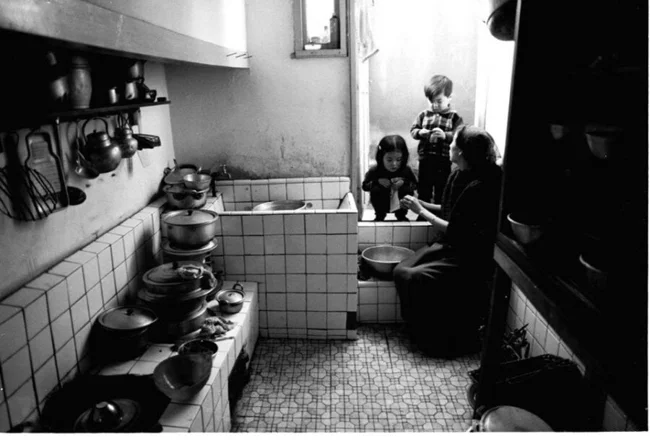
South Korea, 1960s.
Free time was scarce, so young Koreans increasingly began to spend time alone. However, this fact did not affect their desire to communicate – to make new acquaintances and maintain existing connections. 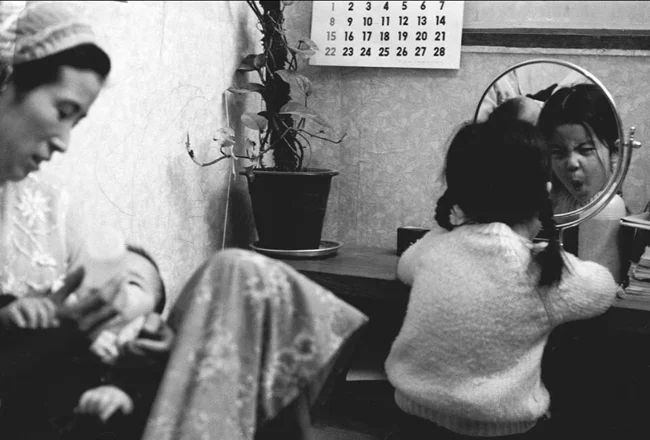
South Korea, 1960s.
Furthermore, family and shared meals remain traditional in Korean culture to this day. That's why Koreans who left for a better life felt the loneliest when no family or friends were at their table during a meal. 
South Korea, 1960s.
Of course, in the 1960s, there was no internet, but there was a telephone, and some Koreans still managed to contact their families to wish them "bon appétit." Not exactly face-to-face communication, but it was still something. Furthermore, Koreans still hold a peculiar prejudice: if you have no one to share a meal with, your life is definitely heading downhill. 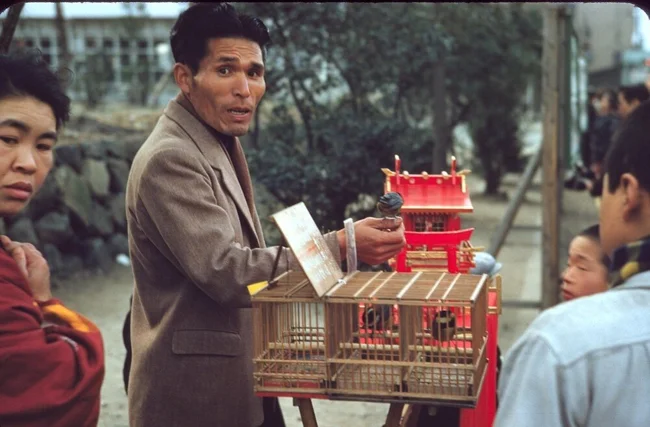
South Korea, 1960s.
In the late 2000s, loneliness among Koreans reached alarming levels. According to a forecast by the Organization for Economic Cooperation and Development, by 2030, the number of "single-person households" in South Korea will reach approximately 35%. Therefore, many experts cite the fear of loneliness as one of the possible reasons for the emergence and spread of mokbang in South Korea. 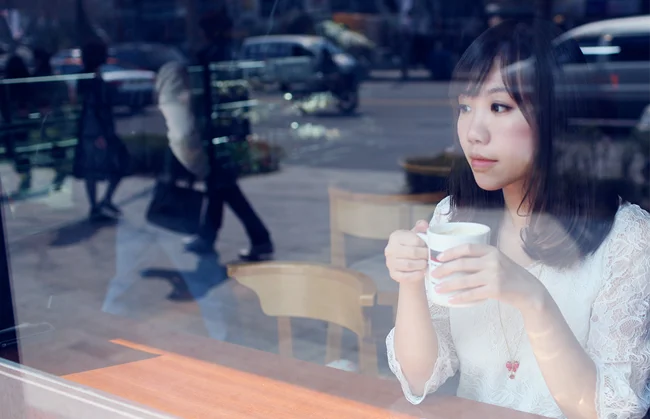
A lonely Korean woman.
Moreover, South Korean actors and TV hosts quickly realized that their audience, made up entirely of single Koreans, definitely needed company for dinner, and began, first occasionally and then regularly, streaming their meals and conversations. 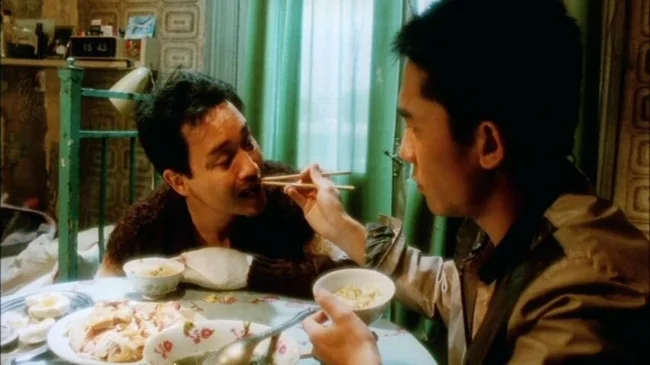
Still from the TV show "Happy Together, Let's Eat"
One such project that contributed to the popularity of mokbang in South Korea was the TV show "Happy Together, Let's Eat," as well as Korean actor Ha Jung Woo, who became famous for his expressive eating style. 
Actor Ha Jung Woo.
Later, with the development of the internet, such broadcasts became increasingly common, and they were hosted by ordinary people (more precisely, BJs), who first copied the broadcasting style of various celebrities and then developed their own unique style. 
BJ.
And, of course, over time, mokbang began to bring BJs not only physical but also material satisfaction. Typically, all mokbang broadcasts are hosted on one of several Korean video platforms. 
BJs at work.
During the live broadcast, BJs, in addition to eating and chatting with viewers, encourage them to vote for their favorite broadcast and "donate" virtual currency—so-called "balloons," each of which, when converted into real currency, is worth 100 won (about 9 US cents). 
A BJ at work.
The video hosting site takes a 30-40% commission, the rest is the BJ's income. If viewers give their broadcasts a "star," it rises in the ratings, attracting a new audience. BJs also often earn money by advertising products or food delivery and cooking services, cafes, and restaurants. 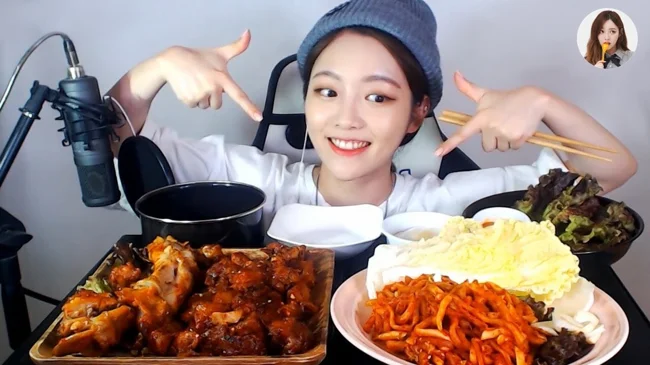
A BJ at work.
And here the main question arises: how do BJs, with such a large amount of food consumed (the average BJ can "swallow" 10,000 or even 20,000 calories a day!), manage to maintain a presentable appearance? There are several answers. First and foremost, it's, of course, the excellent Asian metabolism. Koreans really do gain weight much more slowly than Europeans and burn calories quite quickly. 
BJ at work.
Next During their broadcasts, Korean BJs try to eat exclusively Korean food, which is almost entirely simple and healthy: free of starch, yeast, and sugar. Koreans don't eat bread a priori—they have rice for that. And most Korean desserts aren't sweet at all. 
A BJ at work.
The third and perhaps most interesting aspect of Korean BJs' work is training...the stomach. You might be surprised, but Koreans don't host their "live-eating sessions" every day, as each broadcast requires serious preparation, which takes about a week. 
BJ at work.
Korean BJs train their stomachs, stretching them naturally and maintaining their size with special pills. It may sound a bit strange, but for BJs, gluttony on camera has long ceased to be a pleasure. 
BJ at work.
For them, it's work – and sometimes not the most pleasant one. Moreover, after each live broadcast, the BJs "die" in the gym to get into proper on-air shape for the next broadcast. 
BJ at work.





























